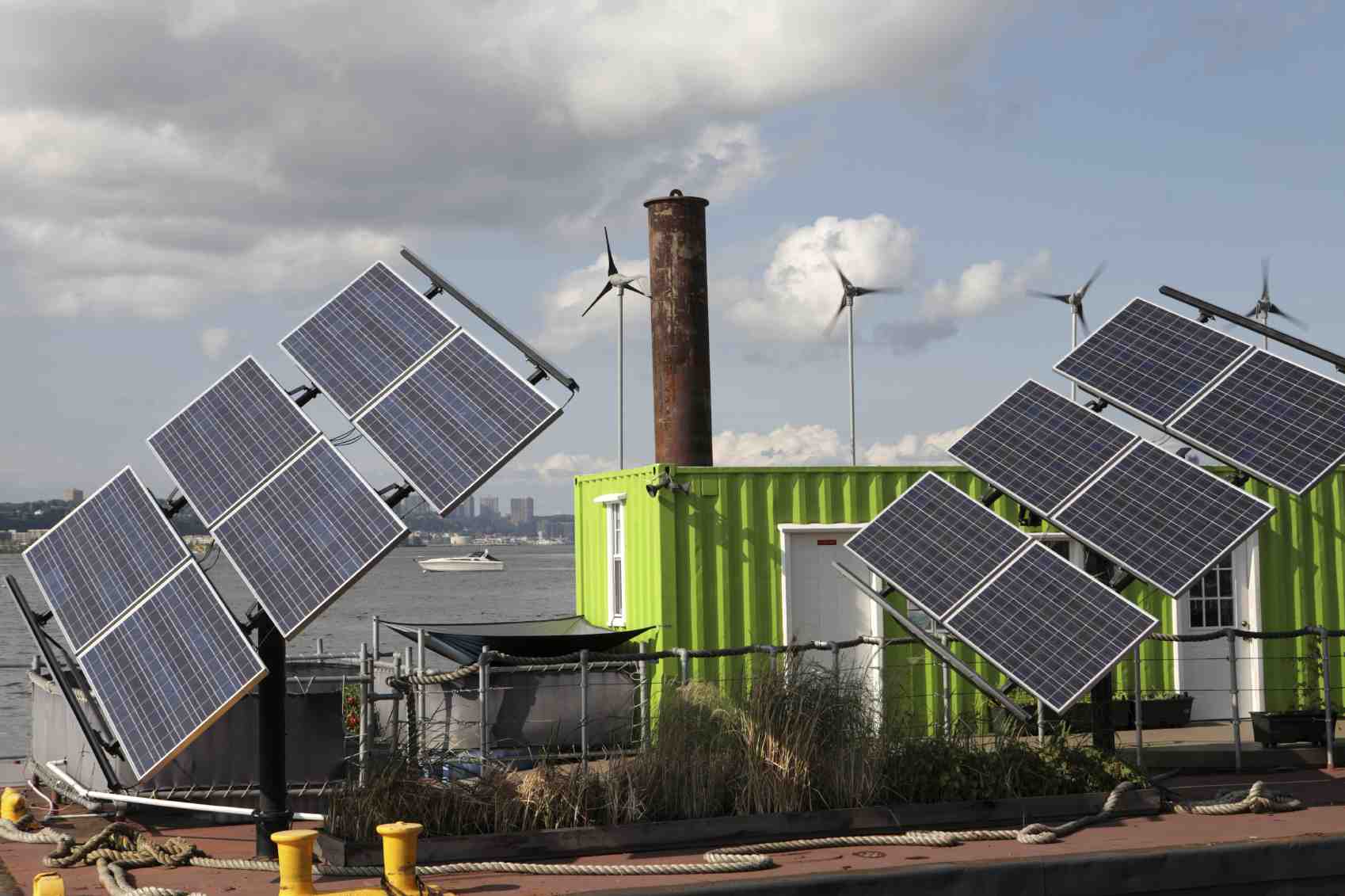
Is the Age of Renewable Energy Already Upon Us?
By Michael Klare
SolidarityEconomy.net via TomDispatch.com
April 16, 2015 – Consider the extremes of our present climate moment by the numbers. Recently, Michael Greenstone, the Milton Friedman professor of economics at the University of Chicago and the former chief economist of President Obama’s Council of Economic Advisers, did a little calculating. He was curious to find out just how much the planet’s temperature might rise if we managed to burn all the fossil fuel reserves that “can be extracted with today’s technology.”
Without beating around the (burning) bush, the answer he came up with was a staggering 16.2 degrees Fahrenheit. To put that in perspective, climate science suggests that unless we keep the temperature rise from the burning of fossil fuels under 3.6 degrees Fahrenheit (2 degrees Celsius) catastrophic changes are likely to occur, including, as Greenstone points out, the melting of the Greenland ice sheet, which will reshape human life on this planet in grim ways. And even that 3.6-degree mark might be too high. Add in another nearly 13 degrees of warming and you could have the definition of an uninhabitable planet (at least by humans).
It should give us all the chills — or more appropriately, leave us with fever dreams of a future in which humanity was incapable of getting itself together, dealing with entrenched fossil fuel interests, and saving a planet that had for so many tens of thousands of years been the rather habitable home of our species.
On the other hand, look at Spain: as Juan Cole reported recently at his Informed Comment website, that country is now getting almost 70% of its electricity in ways that do not generate carbon dioxide. That’s little short of extraordinary. It’s possible that somewhere down the line that country could even become “the first net-carbon-zero G-20 state”! As of this March, it received 22.5% of its electricity from wind power (with solar trailing badly behind), 17.5% from hydro power, and 23.8% from nuclear power (which will make some environmentalists uneasy). And the country hopes to almost double its wind power contribution to 40% in the next five years.
In other words, depending on what you care to look at, this planet offers a grim vision of humanity preparing to scourge and flood its own home or — and this is a new development — a more hopeful one. In that, humanity, under pressure and moving too slowly by half, is nonetheless beginning to reshape our world yet again in unexpected ways, using new technology that is quickly becoming ever cheaper and easier to employ.
TomDispatch energy expert Michael Klare suggests today that while nothing may be settled, damage is clearly being done, and the fossil fuel machine remains deeply entrenched and determined, there are nonetheless unexpected signs that we, like the cavalry of movie fame, may finally be saddling up to ride to our own rescue. This is the sort of news that should stir the blood and soul in all of us. It should leave us thankful for the years of toil in the wilderness by climate activists like those at 350.org who have worked so hard to bring us to awareness of the dangers ahead, and of activists like those in the fossil fuel divestment movement who want to shake what may be the most profitable industry in history to its core. –Tom
Here’s Klare..
Don’t hold your breath, but future historians may look back on 2015 as the year that the renewable energy ascendancy began, the moment when the world started to move decisively away from its reliance on fossil fuels. Those fuels — oil, natural gas, and coal — will, of course, continue to dominate the energy landscape for years to come, adding billions of tons of heat-trapping carbon to the atmosphere. For the first time, however, it appears that a shift to renewable energy sources is gaining momentum. If sustained, it will have momentous implications for the world economy — as profound as the shift from wood to coal or coal to oil in previous centuries. (Continued)
Continue reading Call the Midwife: A Green New Deal Struggles To Be Born



